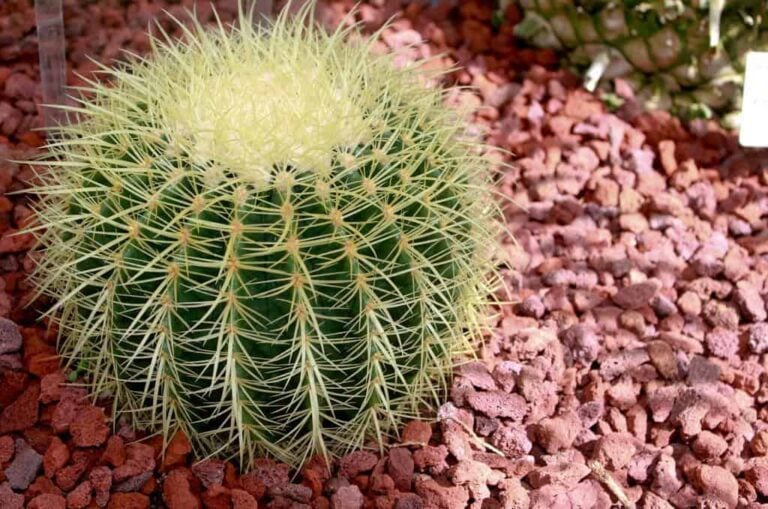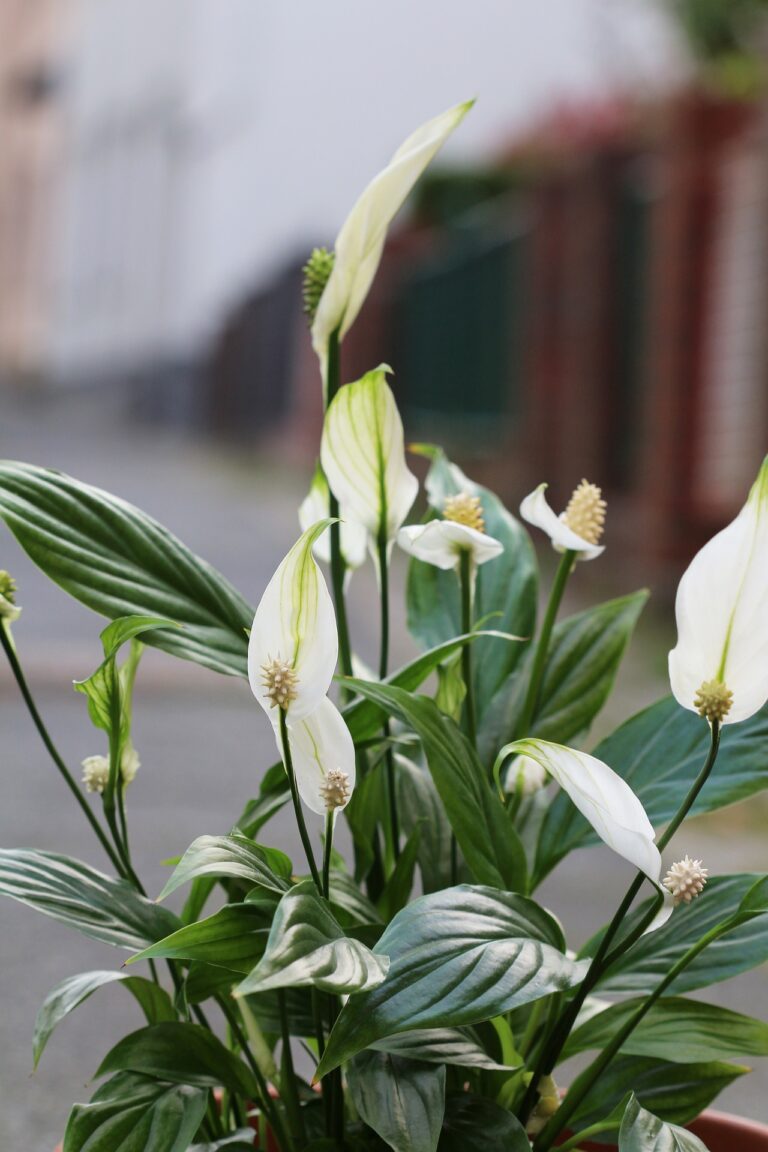Earn Your Stripes In Our Haworthia Attenuata (Zebra Plant) Guide
Haworthia attenuata, or Zebra plant, is part of the succulent family. It’s a small hardy plant originally from South Africa that can survive with little water. It grows in clusters and doesn’t get much taller than 8 inches. Haworthia attenuata produces small flowers at the end of a long stem, however not all plants flower indoors.
Keep this plant in an area with plenty of bright sunlight. It’s easy to overwater Haworthia, so make sure the soil is completely dry before giving it more water.
What is Haworthia Attenuata?
Haworthia attenuata is colloquially known as Zebra plant. The pattern of this particular Haworthia plant is sometimes called “wide zebra” plants to differentiate from others in this plant family.
The Zebra plant has white wart-like growths that give the leaves texture and create the pattern that gives the plant its name.
It is a small species of succulent plant originally from the Eastern Cape Province of South Africa. Haworthia attenuata’s natural climate is subtropical, where it receives plenty of bright sunlight and survives periods without frequent rain.
Succulents have thick leaves which store water. Haworthia attenuata can survive for extended periods of scant rainfall due to this ability.
Growers often compare Haworthia to Aloe, which is in the same subfamily of plants.
Growing Haworthia Attenuata In Your Home
Haworthia attenuata is a stem-less, clustering perennial. It is one of the most popular types of succulent in the Haworthia family. The usual size of zebra plant ranges from 2 in (4 cm) to 8 in (20 cm) tall.
In its natural environment, Haworthia attenuata grows in clumps of several plants, so you can grow this plant alone or together with many clustered in the same container. It is compact and easy to combine with other succulents as well.
Haworthia attenuata is small and slow growing. The U.S. Department of Agriculture has listed it as a hardy plant suitable for plant hardiness zones 10 and higher for growing outdoors.
The Zebra plant does produce flowers, but they are small and don’t remain for most of the year.
Haworthia attenuata flowers in the summer months. Flowers grow at the end of a long stem, also called the Inflorescence. The Inflorescence can grow larger much taller than the rest of the plant – up to 16 inches (40 cm). The Zebra plant’s flowers are typically white or light pink flower and may have green veins.
Flowering indicates a healthy plant that is alive and well. However, not all Zebra plants grown indoors will flower. Plant owners shouldn’t be discouraged if their Haworthia doesn’t produce flowers.
Planting Your Haworthia Attenuata
Succulents like Haworthia attenuata don’t need a lot of space to grow. Their roots are shallow and tend to spread outwards, rather than growing deep.
Choose a small, shallow container for your Zebra plants, which will allow the soil to dry more quickly and reduce the risk of rot.
Soil
When selecting a potting mix, you want to look for soil that is light and gives the Haworthia’s small roots air. The mix should be able to drain water well since overwatering is the most common cause of problems for Haworthia attenuata.
There are potting mixes specially formulated for succulents. A cactus potting mix will also work well for Haworthia.
If you’re making your own mix, using equal parts perlite and sand is a good choice.
Repotting Haworthia Attenuata
If your container has run out of room, it’s time to repot your Haworthia attenuata. Even if your plant doesn’t need repotting, it’s a good idea to change your zebra plant’s soil every two years and remove any dead or rotting roots.
Our friends at Desert Plants of Avalon explain what to consider when you’re repotting Haworthia.
Remember to repot your plants in the spring and as the video shows, take the time to separate dirt and dead roots before planting.
Caring for Your Haworthia Attenuata
People often assume succulents are impossible to kill, but there are some considerations you must keep in mind if you want your Haworthia attenuata to survive.
Winter can be a difficult time. The plant stores water in its leaves, and in the winter you should water less and let the soil become drier than usual before watering.
Water
Haworthia attenuata is a sturdy plant that can survive underwatering. You should water your Haworthia every two weeks, or once a month at the bare minimum.
Water your plant when the soil feels dry to the touch, but before it feels completely dried out. Although underwatering this plant won’t kill it, Haworthia attenuata can accumulate rot quickly if it’s overwatered.
Humidity
Humidity doesn’t have any effect on Haworthia. It can thrive in normal room humidity.
Fertilizer
If you decide to feed your zebra plant, only do so occasionally. Once a month is sufficient for Haworthia, and you should use a diluted formula. Use fertilizer only from April to September and don’t feed the plant in winter.
Temperature
Haworthia attenuata does well with warm and hot temperatures but is sensitive to the cold.
It thrives in 65°F (8°C) to 80°F (26°C) temperatures. You should keep it in area with no colder than 4°C / 40°F, but even temperatures below 50°F (10°C) may start to affect the plant.
Light
Haworthia attenuata needs bright light, but keep it out of areas with only direct sunlight. The plant will also struggle if kept in deep shade.
Southern facing windows receive the most sun and are ideal for most houseplants. West or east-facing windows give plenty of bright sunlight during portions of the day, which is suitable for Haworthia attenuata.
Propagating Haworthia Attenuata
It’s very easy to propagate Haworthia attenuata. Without much effort, succulent leaves or pups will grow on their own into healthy plants. This simple video by Dr. Rufat Taghiyev shows how to remove and replant Haworthia attenuata pups.
Video: https://www.youtube.com/watch?v=LQ_EtYijNyY
You’ll want to carefully cut the leaves away from the mother plant with a sharp knife, or gently pull them off.
It’s also a good idea to dry the offshoots or let them dry naturally overnight. Giving the leaves time to dry reduces the chance of rotting from the moisture of the plant “wound.” Only remove leaves from your Haworthia in spring or fall, when the plant isn’t actively growing.
Photo by Stephen Boisvert licensed under CC BY 2.0


